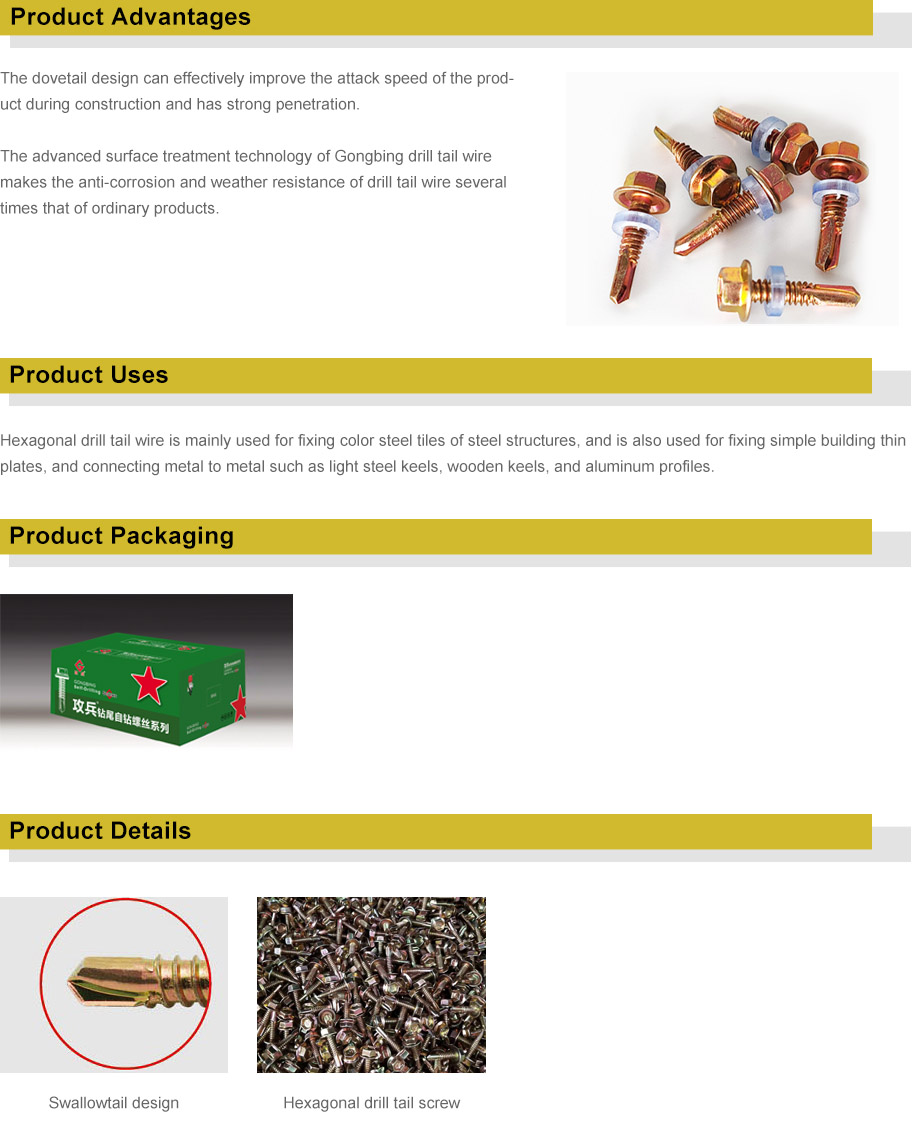aircraft structural fasteners
Aircraft Structural Fasteners Essential Components for Safety and Integrity
In the intricate world of aviation, the safety and integrity of an aircraft significantly rely on its structural components, among which fasteners play a vital role. Aircraft structural fasteners are specialized connectors used to hold various parts of an aircraft together securely. Understanding these fasteners is crucial for anyone involved in the aerospace industry, from engineers and manufacturers to maintenance personnel.
Types of Aircraft Structural Fasteners
There are several types of fasteners used in aircraft construction, each designed for specific applications and materials. The most common categories include bolts, screws, rivets, and nuts.
1. Bolts Bolts are one of the most prevalent fasteners in aircraft design. They secure components by passing through pre-drilled holes and being tightened with nuts. Aircraft bolts are manufactured to stringent specifications, often from high-strength materials such as titanium or special steel alloys to endure the demanding conditions of flight.
2. Rivets Riveting is a traditional method of joining metal components in aircraft. Rivets are permanent fasteners that are hammered in place, creating a strong mechanical bond that can withstand vibrations and stresses encountered during flight. They are particularly favored in aluminum structures due to their lightweight and robust attributes.
3. Screws Though similar to bolts, screws differ in that they have a threaded shank and can tighten directly into a material. They are often used for smaller attachments or in areas where space constraints limit the usage of larger fasteners.
4. Nuts Accompanying bolts, nuts serve as the counterpart in fastening assemblies. They come in various shapes and sizes, with locking features that prevent loosening due to vibration.
Material Considerations
The materials used to manufacture aircraft structural fasteners are crucial in ensuring reliability and performance. Fasteners need to withstand extreme temperatures, high pressures, and corrosive environments. As a result, engineers often choose materials that offer a combination of strength, weight savings, and resistance to fatigue and corrosion.
aircraft structural fasteners

Aluminum alloys tend to be common for faster assemblies due to their lightweight properties. In contrast, titanium fasteners are increasingly popular in high-performance aircraft because of their excellent strength-to-weight ratio and superior resistance to corrosion.
The Importance of Fastener Integrity
The integrity of structural fasteners is paramount in aviation. Any failure in these components can have catastrophic consequences. Therefore, rigorous testing and quality assurance processes are implemented throughout the manufacturing process.
Fastener testing involves tensile strength assessments, fatigue tests, and environmental exposure evaluations to simulate the conditions experienced during flight. Additionally, routine inspections and maintenance checks are essential to ensure that fasteners remain secure and free from wear and corrosion over time.
Innovations in Fastening Technologies
The field of aerospace engineering is continually evolving, leading to innovations in fasteners and their applications. Recent advancements include the use of composite materials, which offer greater weight savings and enhanced performance in certain aircraft segments. Furthermore, developments in bonding technologies, such as adhesive bonding, are being integrated alongside traditional fastening methods to provide even greater structural integrity.
Digital technologies, including advanced simulation tools and computer-aided design (CAD) software, are also transforming how fasteners are evaluated and integrated into aircraft designs. These tools allow engineers to optimize fastener placement, improve load distribution, and ultimately enhance the safety and performance of the aircraft.
Conclusion
Aircraft structural fasteners might seem like small components, but their role in maintaining the safety and integrity of an aircraft is immense. As aviation technology progresses, knowledge of these fasteners, combined with innovative engineering practices, will continue to ensure that aircraft can withstand the unique challenges of flight. Thus, understanding and properly implementing aircraft structural fasteners is essential for the future of safe and efficient air travel.
-
Weatherproof Plastic Expansion Anchors for OutdoorNewsJun.06,2025
-
Sustainability in the Supply Chain: Eco-Friendly TEK Screws ProductionNewsJun.06,2025
-
Load-Bearing Capacity of External Insulation FixingsNewsJun.06,2025
-
Double Head Bolts: Enhancing Efficiency in Industrial MachineryNewsJun.06,2025
-
Corrosion Resistance in Chipboard Screws: Coatings for Wholesale DurabilityNewsJun.06,2025
-
Butterfly Toggle Bolts : Enhancing Structural ResilienceNewsJun.06,2025
